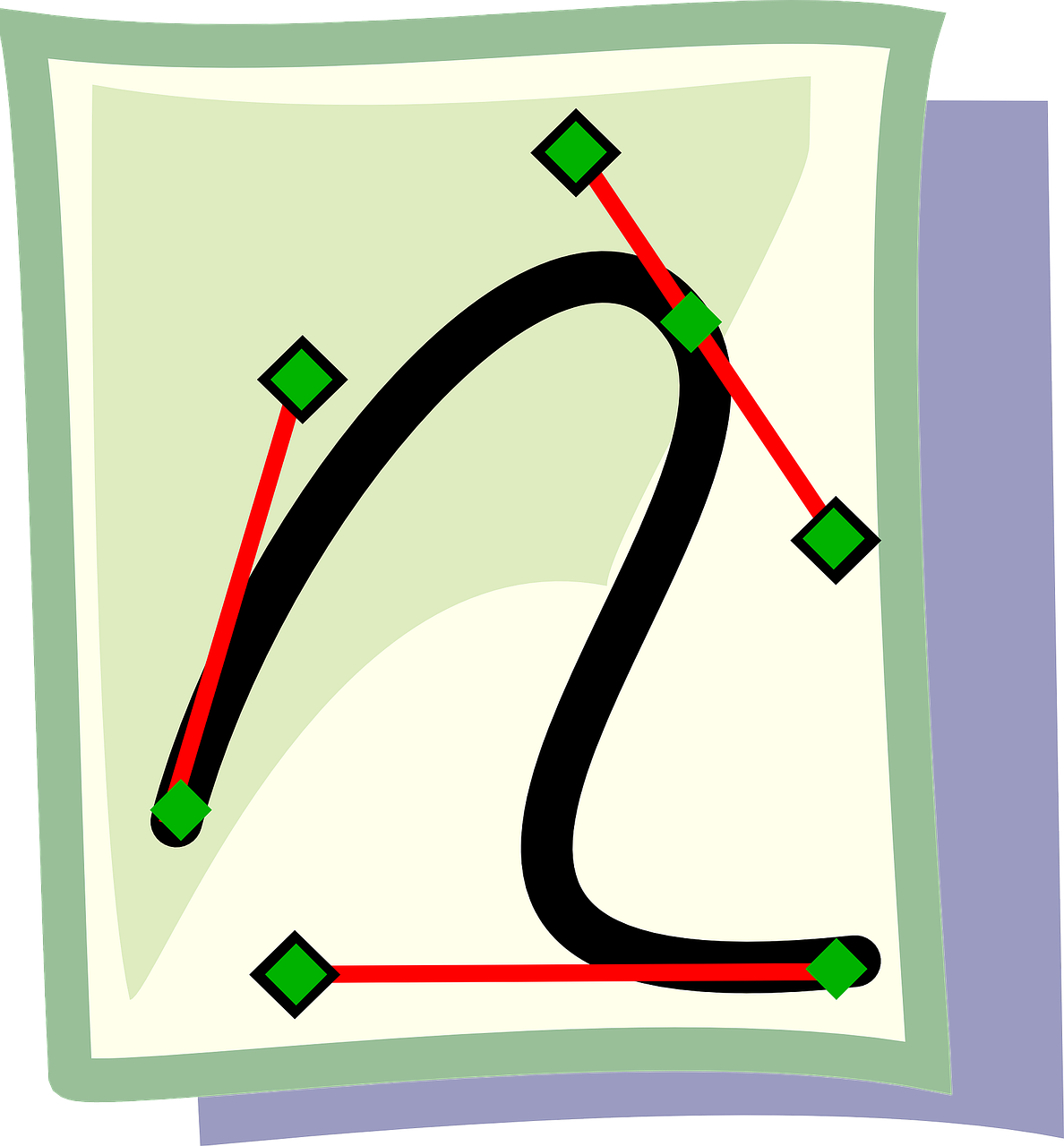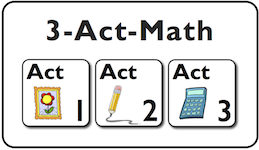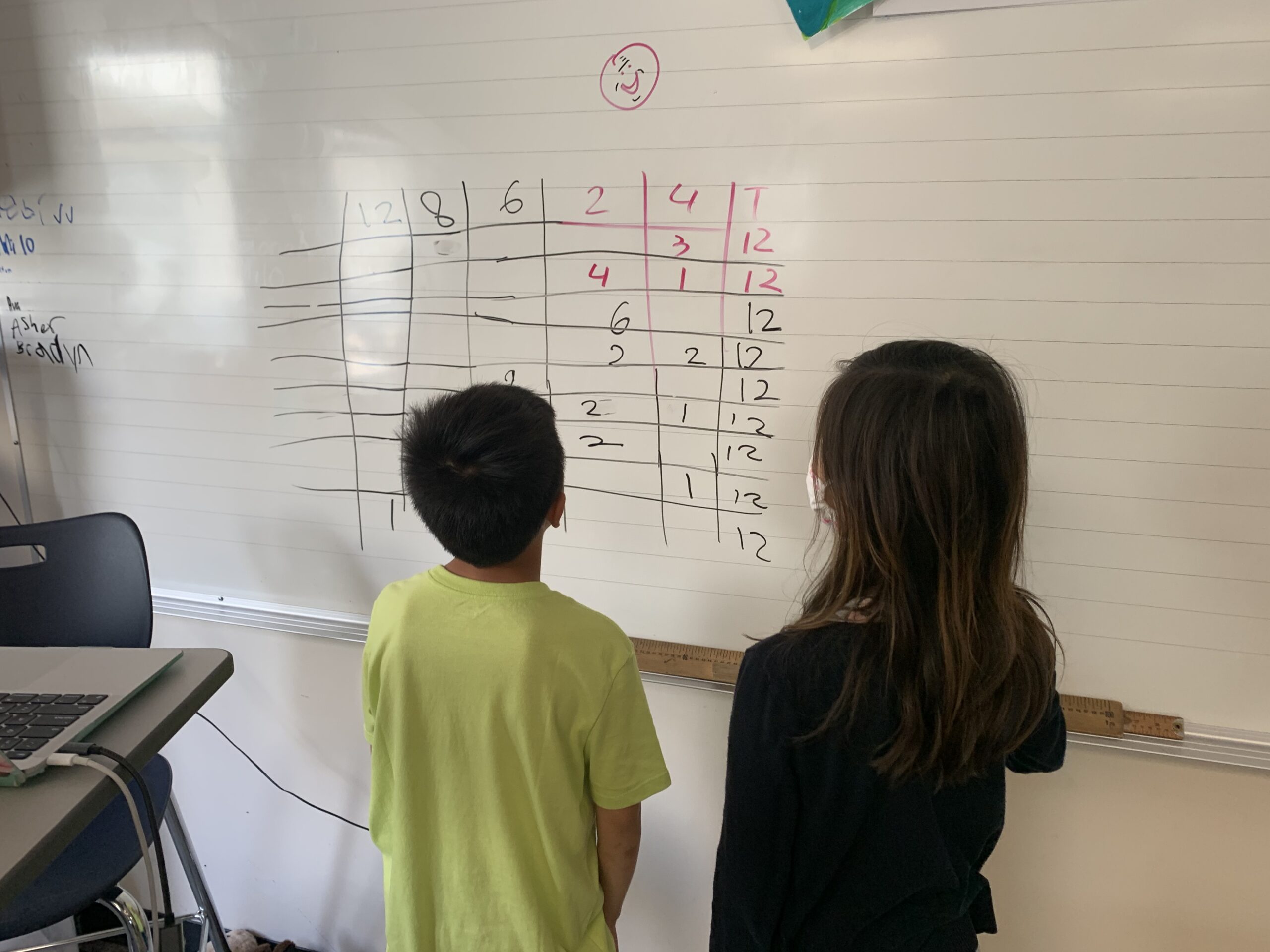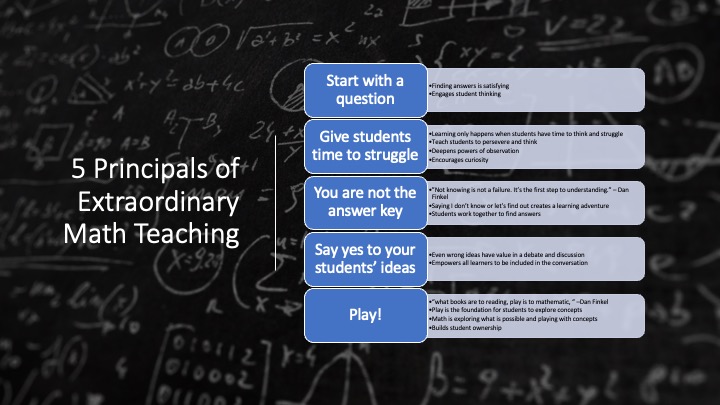Resilient Problem Solving.pptx
Over the past few weeks my definition and beliefs around innovation and what counts as innovation has shifted. Only a few weeks ago I believed that to innovate you had to be doing something brand-new and never seen before and that I was not an innovator. Over the past few weeks while taking this course I have begun to see myself as an innovator and am increasingly willing to take risks and expand my skills. The idea of positive failure and Intelligent Fast Failure has given me confidence in trying new things and in sharing my ideas with others. If we think that CHAOS stands for Creating Havoc Accelerates Outrageous Success, (Tahirsyla, 2012), then shifting our practice and our mindset is the first step for creating innovation. As teachers we need to model letting go of the fear of failure and embrace risk and change. Innovation is only going to come from us making changes. Even if we can make one or two small shifts at a time we will gradually be able to shift the culture.
I have prepared a workshop that I would present to other teachers at my school, typically we have one professional development day each May where teachers at my school share things they are passionate about, this is something I could share on that day. I have chosen to focus on the New Three Rs and creating a culture of resilience around math. My presentation is designed to be interactive and have teachers collaborating and discussing ideas in table groups or grade groups, many of the slides I have prepared pose questions for teachers to be discussed and then shared out. I spend a lot of my presentation focused on the New Three Rs and the idea of positive failure as this is where I think I am going to begin to get buy in with my school community. For me the New Three R’s Reasoning, Resilience and Responsibility (Sternberg, 2008) are my biggest take aways from this course. These also fit with my school’s focus on character and our character goals, for me being able to tie these ideas into our existing character goals will help increase buy in at the school level. For me to be able to take on a leadership role and work towards sharing my ideas outside of my classroom and grade group I need to find ways for my ideas to merge with our existing culture.
My focus is on math for four major reasons, it’s my favourite thing to teach, math doesn’t get the same amount of professional development time literacy gets, our students often don’t enjoy or are afraid of math, and math is one of our school goals that needs a lot of support. When looking at our action plan for learning we have numeracy listed as a goal, but limited time is spent on numeracy in professional development or staff meetings. Our students need more opportunities in math and in problem-solving, in 2020 just 45% of our grade 4 students were considered proficient mathematicians on the FSA test (Paton, 2021). While there are many questions about the validity of the FSA tests it is the most consistent data we have about student performance in literacy and numeracy. As a school we have identified a lack of resilience as a problem in many areas but to me this stands out most in numeracy where students often believe they can’t do it before they even try. By focusing on the New Three Rs as they relate to math I am able to connect the new ideas and innovations to something we are more confident doing.
When looking at my visual presentation I chose to leave most of my slides with limited visual detail unless the photo or image, “People learn better when extraneous words, pictures, and sounds are excluded rather than included.” (Peters, 2005) I found the simple layouts presented by the auto formatting tools in Power Point to be easy to use. Using clear simple layouts I am able to rely on my oral presentation and narration of the presentation. The simple visual layout also makes the essential information clear to the viewer. When I recorded my narrations, I chose not to be visually present on the screen as, “People do not necessarily learn better from a multimedia lesson when the speaker’s image is added to the screen.” (Peters, 2005). The ideas in Peters’s work would also be valuable for our classrooms and presenting visuals to students. My presentation is longer and is designed to be presented as a workshop or professional development activity. The length of the presentation will vary depending on the amount of audience engagement and how much discussion is had around the slides and the ideas.
I did create a handout to go with the presentation, this is designed to help those participating organize their thoughts as well as to remember the presentation after the fact. In creating my hand out I tried to balance giving the essential information and discussion questions with providing room for participants to record their own thinking. One of the points that stood out to me was to not simply print out my slides for the audience as this limits their ability to participate and be in the moment with the presentation. One of the tips that I found helpful was “have the same title as your presentation and should follow the same structure so that audience members can easily find the information they want.” (Mitchell, n.d.). Creating notes that follow the order of our presentation works for our students, and helps students to follow along and know what to expect, so it makes sense that this would work for adults. The other thing that I found helpful was “Consider what additional resources you can provide for your audience,” I have chosen to do this in the form of some links to rich tasks and where I often find the types of tasks I use to create rich learning opportunities. The other resource link I have provided in my hand out is the link to my blog, I use my blog to share my learning as I progress through my program at Queen’s, as such it has become a great way for me to share my thoughts, learning and resources as I innovate and change my practice.
Bibliography
Mitchell, O. (n.d.). 13 Best Practice Tips for Effective Presentation Handouts. Retrieved from Speaking About Presenting: https://speakingaboutpresenting.com/delivery/presentation-handouts/
Paton, D. (2021). Action Plan For Learning 2021-2022. Langley: Langley Fundamental Elementary School.
Peters, D. (2005, September 7). Mayer’s Principles for the design of Multimedia Learning. Retrieved from Interface Design for Learning: http://designerelearning.blogspot.com/2005/09/mayers-principles-for-design-of.html
Sternberg, R. J. (2008). Excellence for All. Educational Leadership, 14-19.
Tahirsyla, A. S. (2012). Stimulating creativity and innovation through Intelligent Fast Failure. Thinking Skills and Creativity.








